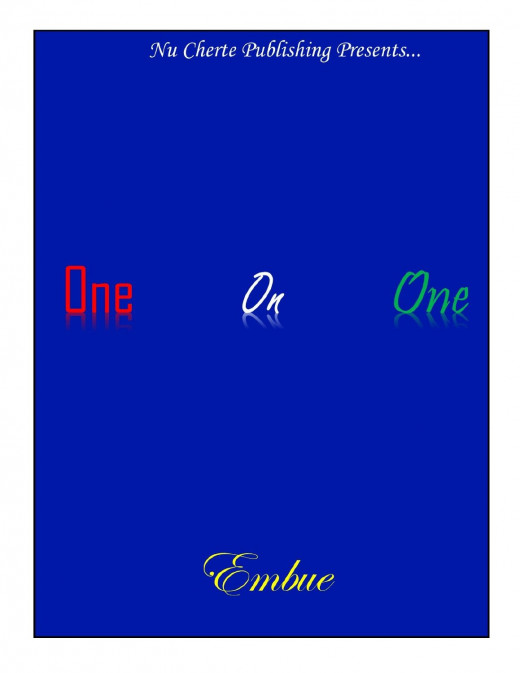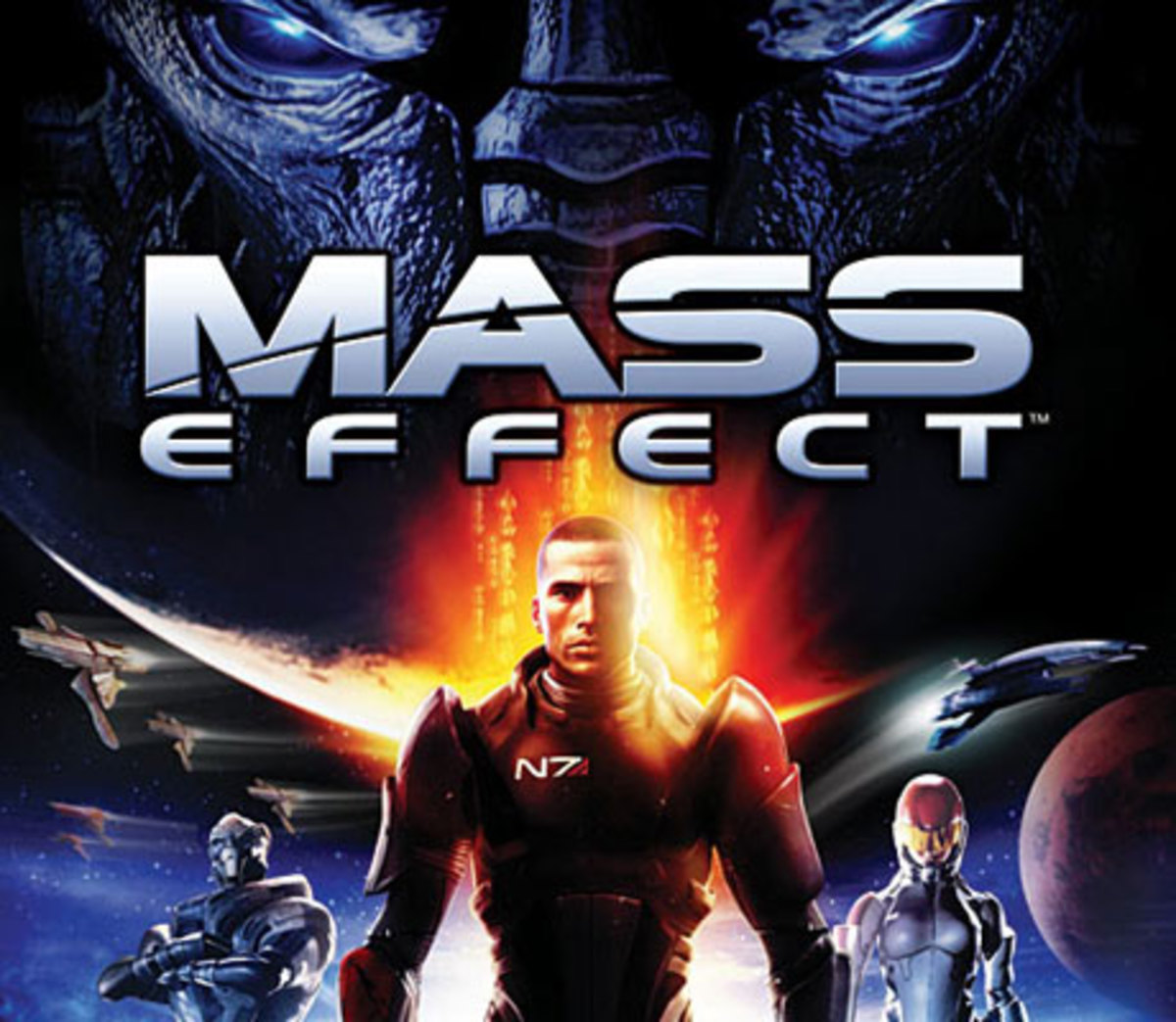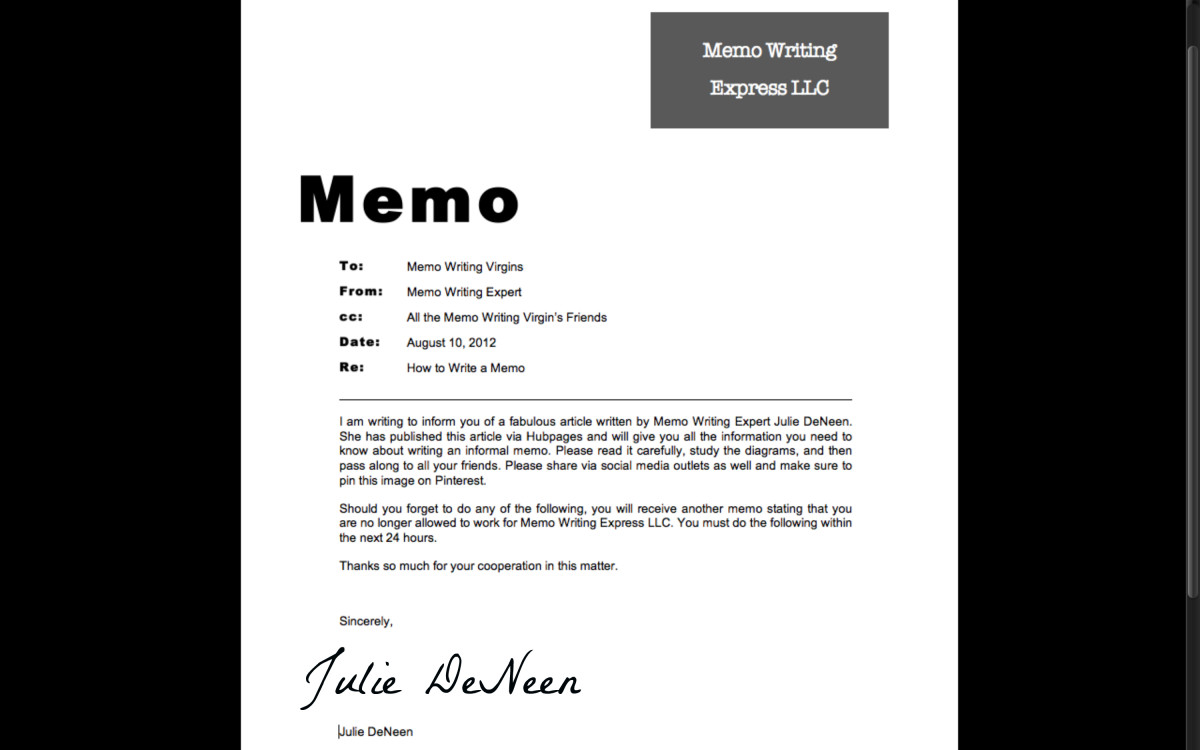How to create iconic/memorable characters


James Bond. Easy Rawlings. Miss Celie. Jasmine Cox Larson Bush.
These are just a few characters that have stood the test of time and keep readers wanting more.
Sure, there are others — a list so long that the Internet doesn’t have enough room to list them all.
As a writer, besides creating a fast and logical moving plot, you have to give birth to a character that the reader can identify with. That means, your hero or heroine has to be someone they love or love to hate.
Why has James Bond remained popular for five decades? Because men, and possibly some women, want to be him. He’s cool. Has the best gadgets and sleeps with the world’s most beautiful women.
What made Easy Rawlings such a great sleuth in the popular series by Walter Mosley? He was an every day guy placed in extraordinary situations.
So, how do you bring your character to life in your novel?
1. Development.
Your character should have flaws. Why does he or she make the decisions that they do? What set them on the road to become the hero or villain that they are?
2. Looks.
How does your character look? What kind of quirks does he or she have? Star shaped scar on his or her face, how did it get there? Does it play a role in how that character feels about his or her looks? Do people prejudge the character because of their good looks? For instance, if a woman is very sexy, do people who meet her assume she’s stupid (Same case for an extremely attractive man)?
3. Believable
Is this a character that you’d actually meet on the street? Even science fiction has to have a hint of realism. So, if you’re writing contempory fiction, your characters should tweet, take pictures for Instagram and possibly have some Facebook drama. They should have feeling about the economic crash of 2008 —even if that character is a billionaire. And more than likely, your character has an iPhone or an iPad.
4. Emotional Triggers
Does hearing a baby cry remind a tough cop of the child she lost because of a criminal who got away? What does a certain song remind a divorced man about his ex wife? When these triggers show up, how and why does your character act a specific way? This will give readers a deeper connection with the character and maybe even remind him or her of something that happened in their lives. Emotional triggers = emotional connections.

S.D. Skye's advice on character development
1. Flaws, Flaws, and more Flaws—Perfect characters who always do the right thing, in the right way, under every circumstance, are boring and forgettable. If you want to write memorable characters, you’ve got to give them flaws—loads of them. The character’s journey in the story should expose their flaws in the starkest light possible. They will rise above their failings, succumb under the weight of them, or experience some combination of the two (ideally). Watching that journey, if you make it compelling and relatable, is what readers won’t forget.
2. Make them Emotional—Most readers care more about how a character is feeling rather than what they are wearing or where they are standing. Although you need to account for those elements for a well-rounded story, if the emotion is missing—you don’t have a story. At least not a good one. Allow your characters to be emotional. Allow readers to see their motivation for acting the way they do in the most honest light possible. If you can successfully get the reader to jump onto your character’s emotional roller coaster, then they will stay for the entire wild ride—and enjoy every minute of it.
3. Thrust them into Conflict, Expose Contractions – Watching how characters emotionally respond to various conflicts that arise in the story is what really sets them apart; it’s what exposes their internal truths and contradictions. When you see a “strong” character crumble in the face of adversity, or “weak” characters fight through adversity and rise above it, that’s what makes them stand out in the readers mind. If you can effectively use conflict and contradictions to expose their emotional truths then you will have written a character that readers won’t soon forget.

Embue on character development
Create a character list. Really take the time to absorb what you want this person to feel like. Their moods, quirks (they despise another in his or her personal space.) Listen to music to inspire that spark that sets them in a sexy mood. Is it Prince or Will Downing that hits the spot? The more realistic the characters, the harder your readers fall in sync and believe in them. Happy writing!










